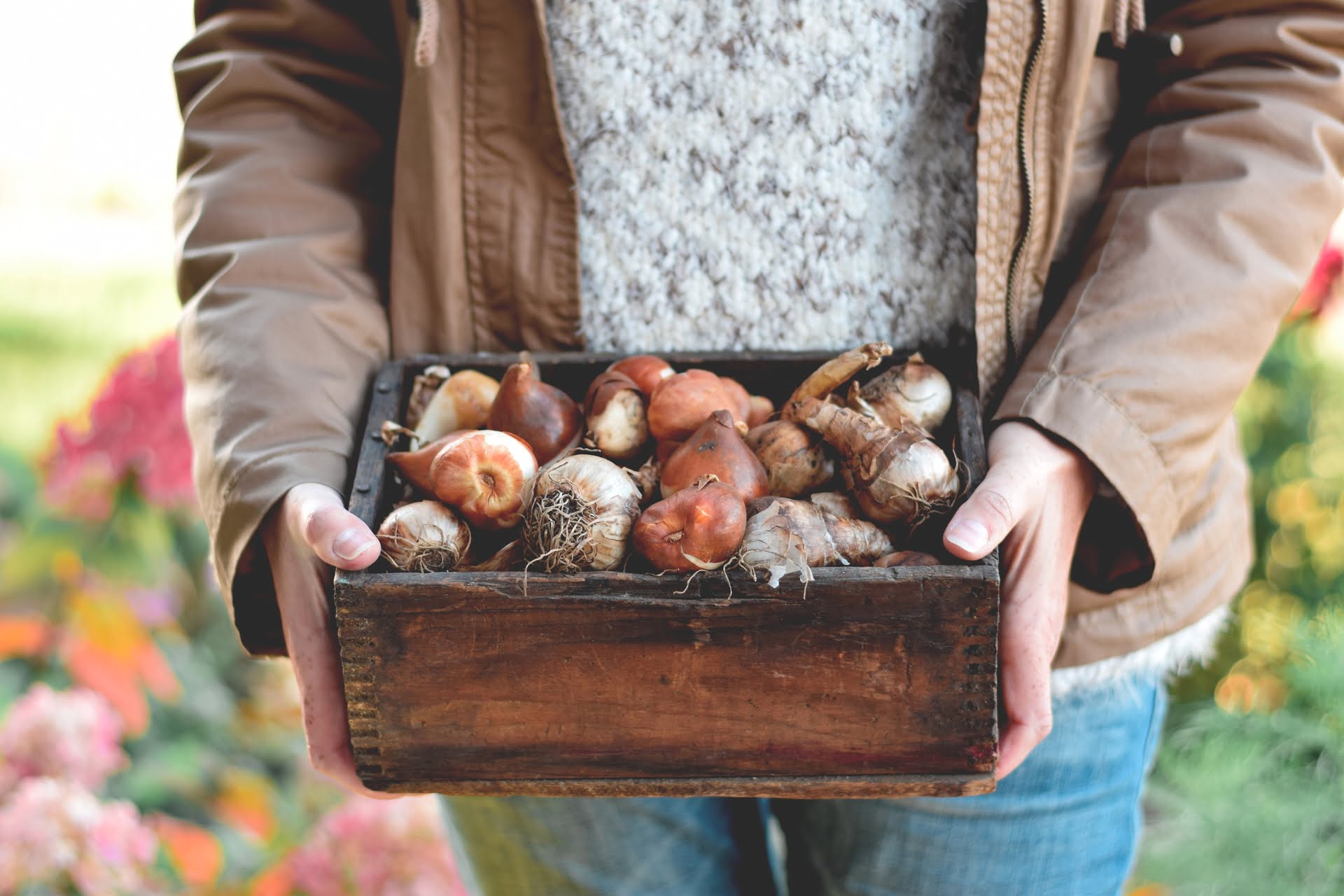

Articles
How To Store Flower Bulbs
Modified: February 19, 2024
Learn how to properly store flower bulbs in this informative article. Read now for tips and tricks on keeping your bulbs fresh and ready for planting.
(Many of the links in this article redirect to a specific reviewed product. Your purchase of these products through affiliate links helps to generate commission for Storables.com, at no extra cost. Learn more)
Introduction
Flower bulbs are a beautiful and popular choice for gardeners looking to add color and vibrancy to their landscapes. These bulbs, such as tulips, daffodils, and hyacinths, are planted in the ground during the spring or fall to produce stunning blooms. However, there may be instances when you need to store flower bulbs for future use.
Whether you’re moving to a new location, clearing out your garden beds, or simply want to keep your bulbs safe during the off-season, proper storage is essential to ensure the bulbs remain healthy and viable. In this article, we will explore how to store flower bulbs effectively to ensure their longevity and successful growth when replanted.
Choosing the right flower bulbs:
Before delving into the storage process, it’s crucial to choose healthy and high-quality flower bulbs. Look for bulbs that are plump, firm, and free from any signs of damage or disease. Bulbs should have intact outer skin and feel heavy in your hand.
When selecting bulbs, also consider the specific environmental requirements for each type of flower. Different bulbs have different needs for sunlight, soil drainage, and temperature. Make sure to choose bulbs that are suitable for your local climate and the conditions of your garden.
Preparing flower bulbs for storage:
Prior to storing your flower bulbs, it’s important to prepare them to ensure their best chances of survival. Start by removing any excess soil or debris from the bulbs’ roots and outer layers. Gently brush off any loose dirt or debris, being careful not to damage the bulbs in the process.
Next, allow the bulbs to air dry for a few days in a cool, dry location. This will help to prevent the growth of mold or rot during storage. Once the bulbs are completely dry, you can proceed with the storage process.
Storage containers for flower bulbs:
Choosing the right storage containers is crucial for maintaining the health and viability of your flower bulbs. It’s best to opt for containers that are breathable and provide insulation from extreme temperatures.
For most flower bulbs, mesh bags or paper bags are ideal storage containers. These allow for proper airflow and prevent moisture buildup. Avoid using plastic bags or airtight containers, as these can trap moisture and lead to bulb decay.
If you have a large quantity of bulbs or prefer a more organized approach, you can also use plastic bins with ventilated lids. Make sure to label each container with the type of bulb and the date of storage for easy identification later on.
Key Takeaways:
- Properly storing flower bulbs involves choosing high-quality bulbs, preparing them for storage, selecting suitable storage containers, and providing ideal storage conditions. Regularly checking on stored bulbs is crucial for preserving their health and viability.
- When replanting stored flower bulbs, timing, preparation, inspection, proper planting depth and spacing, ongoing care, and documentation are essential for successful growth and blooming. With care and attention, stored bulbs can bring renewed beauty to the garden.
Read more: How To Store Bulbs After Flowering
Choosing Flower Bulbs
When it comes to choosing flower bulbs for your garden, there are a few key factors to consider. Selecting the right bulbs will ensure that you have a successful and vibrant display of flowers when it comes time for them to bloom.
One of the first things to consider is the bloom time of the flowers you want to plant. Some bulbs bloom in the spring, while others bloom in the summer or fall. By selecting a variety of bulbs with different bloom times, you can enjoy continuous blooms throughout the growing season.
Another important factor to consider is the hardiness of the bulbs. Different bulbs have different temperature requirements and may not thrive in certain climates. Before purchasing bulbs, research the specific hardiness zones and ensure that the bulbs you choose are suitable for your region.
It’s also a good idea to consider the size and height of the flowers. Some bulbs produce tall, showy flowers, while others create a more compact and low-growing display. Think about the overall aesthetic you want to achieve in your garden and select bulbs accordingly.
When purchasing flower bulbs, look for bulbs that are firm and free from any signs of damage or disease. Bulbs should have intact outer skin and feel heavy in your hand. Avoid bulbs that are soft, mushy, or have blemishes.
Take note of the recommended planting depth for each type of bulb. Some bulbs should be planted shallowly, while others require deeper planting. Following the planting guidelines will ensure that the bulbs have the best chance of thriving in your garden.
Consider the specific environmental requirements for each type of flower. Some bulbs prefer full sun, while others can tolerate partial shade. Make sure to choose bulbs that are suitable for the amount of sunlight available in your garden.
Lastly, consider the color palette you want to create in your garden. Bulbs come in a wide range of colors, from vibrant reds and oranges to soft pastels and whites. By selecting bulbs with complementary or contrasting colors, you can create a visually appealing and cohesive garden design.
By taking the time to carefully choose your flower bulbs, you can create a stunning garden display that brings joy and beauty year after year. Don’t be afraid to experiment with different varieties and combinations to discover your own unique garden style.
Preparing Flower Bulbs for Storage
Properly preparing flower bulbs for storage is essential to ensure their longevity and successful growth when replanted. By following these steps, you can ensure that your bulbs remain healthy and viable during their time in storage.
Start by removing any excess soil or debris from the bulbs’ roots and outer layers. Gently brush off any loose dirt or debris, being careful not to damage the bulbs in the process. Use a soft brush or your fingers to carefully remove any clinging soil or other debris.
Next, inspect the bulbs for signs of damage or disease. Discard any bulbs that are soft, mushy, or have blemishes, as these may be indications of rot or fungal infection. It’s important to only store bulbs that are in good condition.
After cleaning, allow the bulbs to air dry for a few days in a cool, dry location. This will help to prevent the growth of mold or rot during storage. Place the bulbs on a tray or a mesh rack, ensuring that they are spread out and not touching each other.
Avoid drying the bulbs in direct sunlight, as this can cause them to overheat or dry out too quickly. The ideal drying conditions for flower bulbs are a cool and well-ventilated area with moderate humidity.
Once the bulbs are completely dry, you can prepare them for storage. For long-term storage, it’s recommended to store bulbs individually, rather than in clumps or groups. This helps prevent the spread of disease and allows for better airflow around each bulb.
If your bulbs have offsets or small bulblets attached to them, you can remove them and store them separately. These offsets can be replanted later to propagate new plants. Just make sure to label them so you know which variety they belong to.
Some gardeners prefer to dust their bulbs with a fungicide or powdered sulfur before storage. This can help prevent the growth of fungal diseases during their time in storage. Follow the instructions on the product label for proper application.
Lastly, it’s important to label your bulbs before storing them. Use a permanent marker or small tags to write the name of the bulb variety and the date of storage. This will make it easier to identify the bulbs when it’s time to replant them.
By properly preparing your flower bulbs for storage, you can ensure that they remain healthy and ready for replanting when the time comes. Take the time to clean, dry, and label your bulbs, and store them in a suitable container and environment for optimal results.
Storage Containers for Flower Bulbs
Choosing the right storage containers is crucial for maintaining the health and viability of your flower bulbs during their time in storage. The containers you select should provide adequate protection from moisture, temperature fluctuations, and other potential hazards. Here are some options to consider:
Mesh bags: Mesh bags are a popular choice for storing flower bulbs. These bags allow for proper airflow, preventing moisture buildup that can lead to rot or mold. They also provide some protection from light and pests. Mesh bags come in various sizes and are often made from breathable fabric or netting material.
Paper bags: Paper bags are another suitable option for storing flower bulbs. They are breathable and provide insulation from extreme temperatures. When using paper bags, make sure they are clean and free from any contaminants or residual moisture that could affect the bulbs.
Plastic bins with ventilated lids: If you have a large quantity of bulbs or prefer a more organized approach, plastic bins with ventilated lids can be a practical choice. These bins offer protection from moisture and pests, and the ventilated lids ensure proper airflow. Make sure the bins are clean and dry before storing bulbs in them.
Cardboard boxes: Cardboard boxes are a cost-effective option for storing flower bulbs. They provide insulation and protection from light. However, cardboard is more prone to moisture damage than other materials, so make sure the bulbs are thoroughly dried before placing them in the boxes. Consider lining the boxes with plastic or placing a layer of dry peat moss or sawdust at the bottom for added moisture absorption.
Wooden crates: Wooden crates offer a rustic and sturdy storage option for flower bulbs. They provide insulation and protect bulbs from light exposure. Just ensure that the crates are clean, dry, and free from any pests or pathogens that could harm the bulbs.
When selecting storage containers, consider the size and quantity of bulbs you have. It’s important not to overcrowd the containers, as this can restrict airflow and increase the risk of mold or rot. Bulbs should be stored in a single layer or with enough space between them to prevent them from touching each other.
Label each container with the name of the bulb variety and the date of storage. This will help you identify the bulbs easily when it’s time to replant them.
Store the containers of flower bulbs in a cool, dry, and well-ventilated location. Avoid areas that are prone to extreme temperature fluctuations or high humidity levels, as these conditions can adversely affect the bulbs. Keep the storage area free from pests to prevent infestation.
By choosing suitable storage containers and providing the right storage conditions, you can ensure that your flower bulbs remain healthy and ready for replanting when the time comes.
Ideal Storage Conditions for Flower Bulbs
Providing the ideal storage conditions for flower bulbs is crucial to maintain their viability and ensure successful growth when it’s time to replant them. The following factors should be considered when storing flower bulbs:
Temperature: Most flower bulbs require cool temperatures for storage. The ideal temperature range is typically between 35°F to 50°F (1°C to 10°C). Avoid storing bulbs in areas prone to extreme temperature fluctuations, such as garages or attics, as this can cause damage to the bulbs.
Humidity: Flower bulbs generally prefer low humidity environments. Excess moisture can lead to rot and fungal growth. The ideal humidity level for bulb storage is usually around 50% to 60%. Ensure that the storage area is well-ventilated and not excessively humid.
Airflow: Proper airflow is essential to prevent the buildup of moisture and the growth of mold or rot. Choose storage containers that allow for adequate airflow, such as mesh bags or containers with ventilated lids. Avoid tightly sealing containers, as this can trap moisture and compromise the health of the bulbs.
Light: Flower bulbs should be stored in a dark environment. Exposure to light can cause premature sprouting or damage to the bulbs. Choose storage locations that are away from direct sunlight or artificial light sources.
Pests: Protecting bulbs from pests is crucial during storage. Pests such as mice, squirrels, and insects can damage or consume the bulbs. Ensure that the storage area is free from pests and take precautions to prevent infestations, such as sealing containers properly and using deterrents if necessary.
Storage duration: The length of storage can also influence the conditions required. Bulbs intended for long-term storage should be kept drier with lower humidity levels, while those intended for short-term storage may tolerate slightly higher humidity levels.
It’s important to note that different types of flower bulbs may have specific storage requirements. Some bulbs, such as tulips and hyacinths, benefit from a period of cold stratification before planting. This involves subjecting the bulbs to a period of cool temperatures (around 40°F to 45°F or 4°C to 7°C) for several weeks before replanting. Research the specific storage needs of the bulbs you are storing to ensure you are providing the optimal conditions.
When storing flower bulbs, regularly check on them to ensure they remain healthy and free from any signs of disease or decay. Discard any bulbs that show signs of damage or deterioration.
By providing the ideal storage conditions of temperature, humidity, airflow, darkness, and pest protection, you can maximize the chances of your flower bulbs remaining viable and ready for planting when their season arrives.
Read more: How To Store Flower Bulbs Over Winter
Storing Flower Bulbs in a Basement
A basement can be an ideal location for storing flower bulbs, as it often provides the cool, dark, and dry conditions that bulbs need during their period of storage. Here are some steps to follow when storing flower bulbs in a basement:
1. Clean and prepare the bulbs: Prior to storage, make sure to clean the bulbs by removing any excess soil or debris. Allow the bulbs to air dry for a few days in a cool, dry area to prevent moisture buildup.
2. Choose suitable storage containers: Select containers that allow for proper airflow and insulation. Mesh bags or paper bags are a good choice, as they allow for ventilation and help prevent mold or rot. Avoid using plastic bags or airtight containers, as they can trap moisture.
3. Label and organize: Label each container with the name of the bulb variety and the date of storage. This will help you easily identify the bulbs when it’s time to replant them. Organize the containers in a designated area of the basement, keeping them off the ground to prevent moisture absorption.
4. Find the right spot: Choose a cool and dark corner of the basement for storage. Aim for a consistent temperature range of 35°F to 50°F (1°C to 10°C) and a humidity level of around 50% to 60%. Avoid areas that are prone to extreme temperature fluctuations or excessive humidity.
5. Check regularly: Periodically check on the stored bulbs to ensure they are healthy and free from any signs of disease or decay. Discard any bulbs that show signs of damage or deterioration to prevent the spread of issues to other bulbs.
Keep in mind that some basements may have different temperature and humidity levels depending on their location and climate. It’s important to monitor the conditions in your specific basement and make any necessary adjustments to ensure the bulbs’ well-being.
Storing flower bulbs in a basement can be an effective way to provide the cool and dark environment that they require for successful storage. By following these steps and monitoring the conditions, you can increase the chances of your bulbs remaining healthy and ready for replanting when the time comes.
After digging up flower bulbs, store them in a cool, dry place with good air circulation to prevent rotting. Label the bulbs to keep track of the varieties.
Storing Flower Bulbs in a Garage
A garage can be a convenient and suitable location for storing flower bulbs, especially if it provides the right conditions of temperature and ventilation. Here are some steps to follow when storing flower bulbs in a garage:
1. Clean and prepare the bulbs: Before storage, ensure that the bulbs are clean and free from any excess soil or debris. Allow the bulbs to air dry in a cool, dry area for a few days to minimize moisture content.
2. Choose appropriate storage containers: Opt for containers that provide proper insulation and airflow. Mesh bags or paper bags work well as they allow for ventilation and help prevent mold or rot. Avoid using plastic bags or airtight containers, as they can trap moisture and potentially harm the bulbs.
3. Label and organize: Label each container with the bulb variety and the date of storage for easy identification later on. Keep the containers organized in a designated area of the garage, ensuring they are not exposed to direct sunlight or extreme temperature fluctuations.
4. Find the optimal spot: Look for a location within the garage that offers consistent cool temperatures, ideally between 35°F to 50°F (1°C to 10°C). Avoid areas that are prone to heat sources, such as near water heaters or engines, as they can raise the temperature and potentially damage the bulbs.
5. Monitor humidity levels: Check the humidity levels in your garage. Ideally, the humidity should be around 50% to 60%. If your garage experiences high humidity, you may want to consider using a dehumidifier or placing moisture-absorbing materials, such as silica gel packets or dry peat moss, near the bulb containers.
6. Regularly inspect the bulbs: Periodically check on the stored bulbs to ensure they are healthy and free from any signs of disease or decay. Discard any bulbs that show signs of damage or deterioration to prevent the spread of issues to other bulbs.
Keep in mind that the temperature and humidity levels in garages can vary depending on the climate and insulation of the space. It’s important to monitor and make adjustments to create the optimal storage conditions for your flower bulbs.
Storing flower bulbs in a garage can be a convenient option, as long as the temperature and humidity levels are within the recommended range. By following these steps and paying attention to the conditions, you can ensure that your bulbs remain healthy and ready for replanting when the time comes.
Storing Flower Bulbs in a Refrigerator
A refrigerator can be an excellent option for storing flower bulbs, as it provides consistent cool temperatures and helps maintain the bulbs’ freshness and viability. Here are some steps to follow when storing flower bulbs in a refrigerator:
1. Clean and prepare the bulbs: Before storing, ensure that the bulbs are clean and free from any excess soil or debris. Allow the bulbs to air dry in a cool, dry area for a few days to minimize moisture content.
2. Choose suitable storage containers: Opt for containers that provide insulation and protection from moisture. Mesh bags or paper bags work well as they allow for proper airflow while preventing mold or rot. Place the bulbs loosely in the bags, avoiding overcrowding.
3. Label and organize: Label each container with the bulb variety and the date of storage for easy identification later on. Organize the containers in a designated area of the refrigerator, away from food and other items that may release odors or moisture.
4. Find the right temperature: Set the refrigerator temperature to a range between 35°F to 50°F (1°C to 10°C). Check the temperature regularly to ensure that it remains within this range. Avoid placing the bulbs near the refrigerator’s cooling vents, as they may be exposed to more extreme temperatures.
5. Monitor humidity levels: Check the humidity levels inside the refrigerator. Most refrigerators maintain a relatively low humidity, which is ideal for bulb storage. Aim for a humidity level of around 50% to 60%. If necessary, you can place moisture-absorbing materials such as silica gel packets near the bulb containers to help control moisture.
6. Regularly inspect the bulbs: Periodically check on the stored bulbs to ensure they are healthy and free from any signs of disease or decay. Discard any bulbs that show signs of damage or deterioration to prevent the spread of issues to other bulbs.
Keep in mind that storing flower bulbs in a refrigerator may impact the freshness and taste of food items. It’s best to allocate a specific section or drawer of the refrigerator solely for bulb storage to minimize any potential cross-contamination.
Storing flower bulbs in a refrigerator can be an effective method to keep them cool and fresh during their storage period. By following these steps and monitoring the temperature and humidity levels, you can ensure that your bulbs remain healthy and ready for replanting when the time comes.
Checking Stored Flower Bulbs
Regularly checking stored flower bulbs is essential to ensure their health and viability during the storage period. By inspecting the bulbs, you can identify any signs of disease, damage, or deterioration and take appropriate action to prevent further issues. Here are some steps to follow when checking your stored flower bulbs:
1. Visual inspection: Carefully examine each bulb for any visible signs of damage or decay. Look for soft spots, mold, or discoloration on the outer layers of the bulbs. If you notice any abnormalities, it’s best to remove and discard the affected bulbs to prevent the spread of issues to other bulbs.
2. Firmness and plumpness: Gently squeeze the bulbs to assess their firmness. Healthy bulbs should feel firm and plump, indicating that they are still viable. Bulbs that feel soft or mushy may be rotting and should be discarded.
3. Mold or fungus: Check for the presence of mold or fungus on the bulbs. These can indicate excess moisture or poor ventilation. If you notice any signs of mold or fungus, take action to improve airflow and reduce moisture levels in the storage area.
4. Sprouting or growth: Watch out for any signs of premature sprouting or growth. If bulbs have started to sprout, it may indicate that the storage conditions are not suitable or the storage period has been too long. Bulbs that have sprouted should be replanted promptly to ensure their survival.
5. Pest infestation: Inspect the bulbs for any signs of pest infestation. Look for chewed areas, tunnels, or signs of activity from mice, squirrels, or insects. If you detect any pest activity, take measures to remove pests from the storage area and consider using preventive methods, such as natural repellents or traps.
6. Check stored information: Verify that the labels on the storage containers are intact and legible. Make sure the bulb variety and the date of storage are clearly marked. This information will be valuable when it’s time to replant the bulbs.
Regularly checking the stored flower bulbs, ideally every couple of weeks, will help you identify any issues and take necessary steps to preserve the health and quality of the bulbs. Proper monitoring and maintenance of the storage conditions will increase the chances of successful replanting when the time comes.
Remember to document any observations or actions taken during the inspection process. This will help you track the condition of the bulbs over time and make improvements for future storage.
Read more: How To Store Tulip Bulbs After Flowering
Replanting Stored Flower Bulbs
Replanting stored flower bulbs is an exciting and rewarding process that allows you to enjoy the beauty of your stored bulbs once again. When the time comes to replant, follow these steps to ensure the successful transition of your bulbs from storage to the ground:
1. Timing: Determine the appropriate time to replant based on the specific needs of the bulbs you have stored. Different bulbs have different planting times, so refer to the planting instructions or research the ideal planting season for each bulb variety.
2. Preparation: Prepare the planting area by clearing any weeds, debris, or old plant material. Loosen the soil to a depth of 8-10 inches and amend it with compost or organic matter to improve drainage and fertility.
3. Bulb inspection: Before planting, inspect the stored bulbs once again. Discard any bulbs that show signs of damage, decay, or disease. Select only the healthy and firm bulbs for replanting.
4. Planting depth: Determine the appropriate planting depth for each bulb variety. As a general rule, bulbs are typically planted 2-3 times their own height. Dig a hole or trench of the appropriate depth and spacing for the bulbs you are planting.
5. Planting orientation: Place the bulbs in the hole or trench with the pointed side up. Some bulbs may have visible roots or shoots; ensure these are facing downwards. Avoid planting the bulbs upside down, as it can hinder their growth and blooming potential.
6. Spacing: Space the bulbs according to the recommended spacing for the specific variety. This will ensure adequate air circulation and room for growth. Avoid overcrowding, as it can lead to competition for resources and stunted growth.
7. Covering and watering: Gently cover the bulbs with soil, ensuring they are properly buried but not overly compacted. Water the area thoroughly after planting to settle the soil and provide moisture to help the bulbs establish their roots.
8. Mulching: Consider applying a layer of organic mulch, such as straw or wood chips, over the planting area. This will help conserve moisture, suppress weeds, and provide insulation for the bulbs during cold weather.
9. Ongoing care: Provide regular watering, especially during dry periods, to keep the soil moist but not waterlogged. Monitor for pests or diseases and take appropriate action if necessary. Follow any additional care instructions specific to the bulb variety you have planted.
10. Enjoy the blooms: With proper care and maintenance, your stored flower bulbs will establish roots and begin to grow. Soon, you will be rewarded with beautiful blooms that will add color and vibrancy to your garden.
Remember to document which bulbs you have replanted and their location in your garden. This will help you keep track of their growth and plan for future seasons.
Replanting stored flower bulbs is a delightful process that allows you to enjoy the fruits of your storage efforts. With care and attention, your bulbs will flourish and bring renewed beauty to your garden year after year.
Conclusion
Storing flower bulbs properly is essential to ensure their longevity and successful growth when replanted. By following the steps outlined in this article and providing the right storage conditions, you can preserve the health and viability of your flower bulbs, ready to bring beauty to your garden in the future.
Choosing high-quality bulbs and preparing them for storage sets the foundation for successful storage. Properly cleaning the bulbs, allowing them to dry, and inspecting them for any signs of damage or disease ensures that only the best bulbs are stored.
The choice of storage containers is crucial in maintaining the health of the bulbs. Opting for breathable containers such as mesh bags or paper bags allows for proper airflow and prevents moisture buildup. Labeling and organizing the containers ensures easy identification when it’s time to replant the bulbs.
The ideal storage conditions for flower bulbs include cool temperatures between 35°F to 50°F (1°C to 10°C), low humidity levels around 50% to 60%, proper airflow, and protection from light and pests. Basements, garages, and refrigerators can all be suitable locations for storing flower bulbs, as long as the recommended conditions are met.
Regularly checking on stored flower bulbs is important to identify any issues such as disease, rot, or pest infestation. Discarding damaged bulbs and maintaining appropriate storage conditions are vital for preserving the health and longevity of the stored bulbs.
When the time comes to replant the stored bulbs, ensure proper timing, preparation of the planting area, and careful inspection of the bulbs. Follow the recommended planting depths and spacing, and provide ongoing care and attention to ensure the bulbs successfully establish and bloom.
In conclusion, with proper storage techniques and a little bit of care, you can preserve the beauty and potential of your flower bulbs. By storing them correctly, checking them periodically, and replanting them with care, you can enjoy the rewards of your efforts with a colorful and vibrant garden for seasons to come.
Frequently Asked Questions about How To Store Flower Bulbs
Was this page helpful?
At Storables.com, we guarantee accurate and reliable information. Our content, validated by Expert Board Contributors, is crafted following stringent Editorial Policies. We're committed to providing you with well-researched, expert-backed insights for all your informational needs.
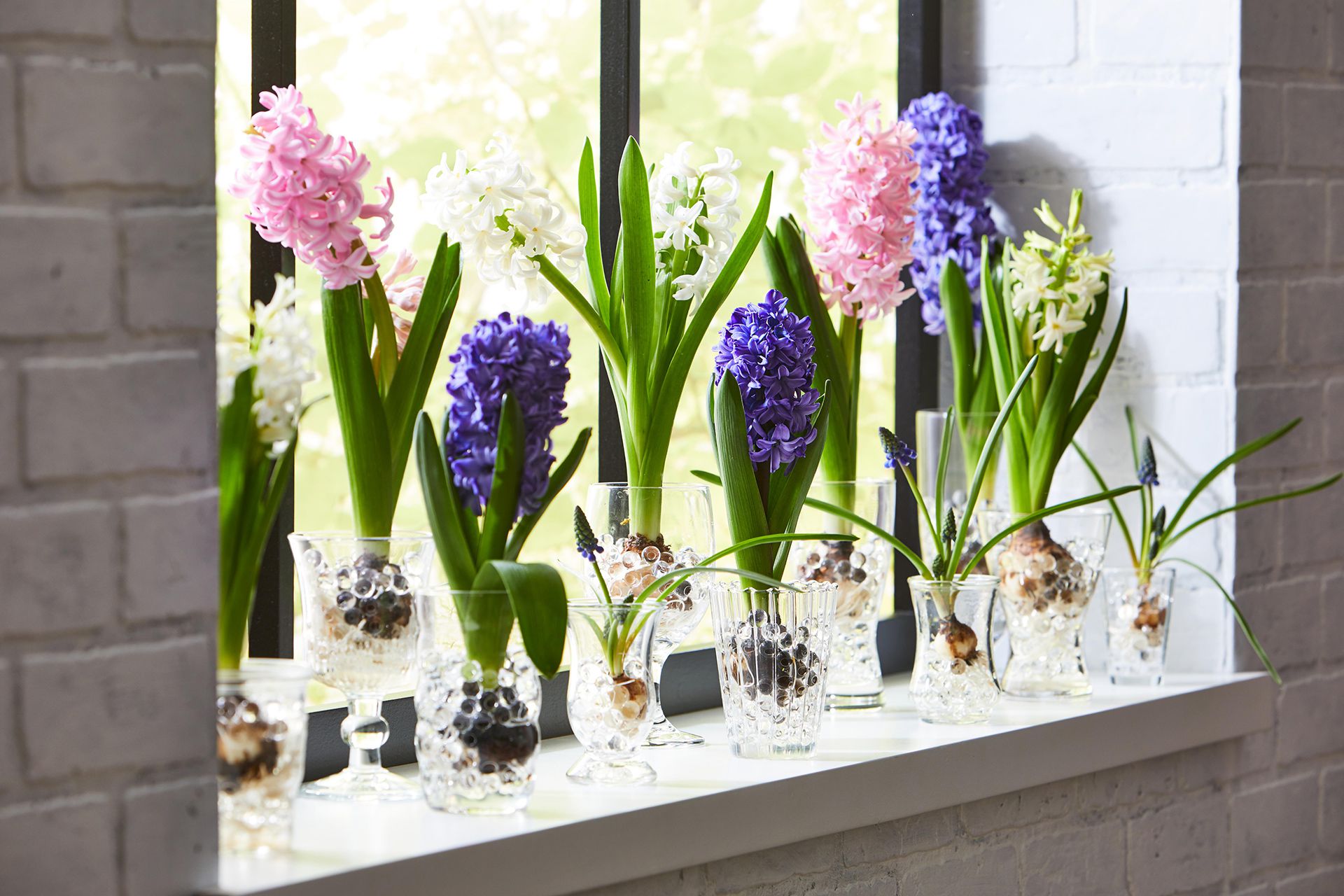
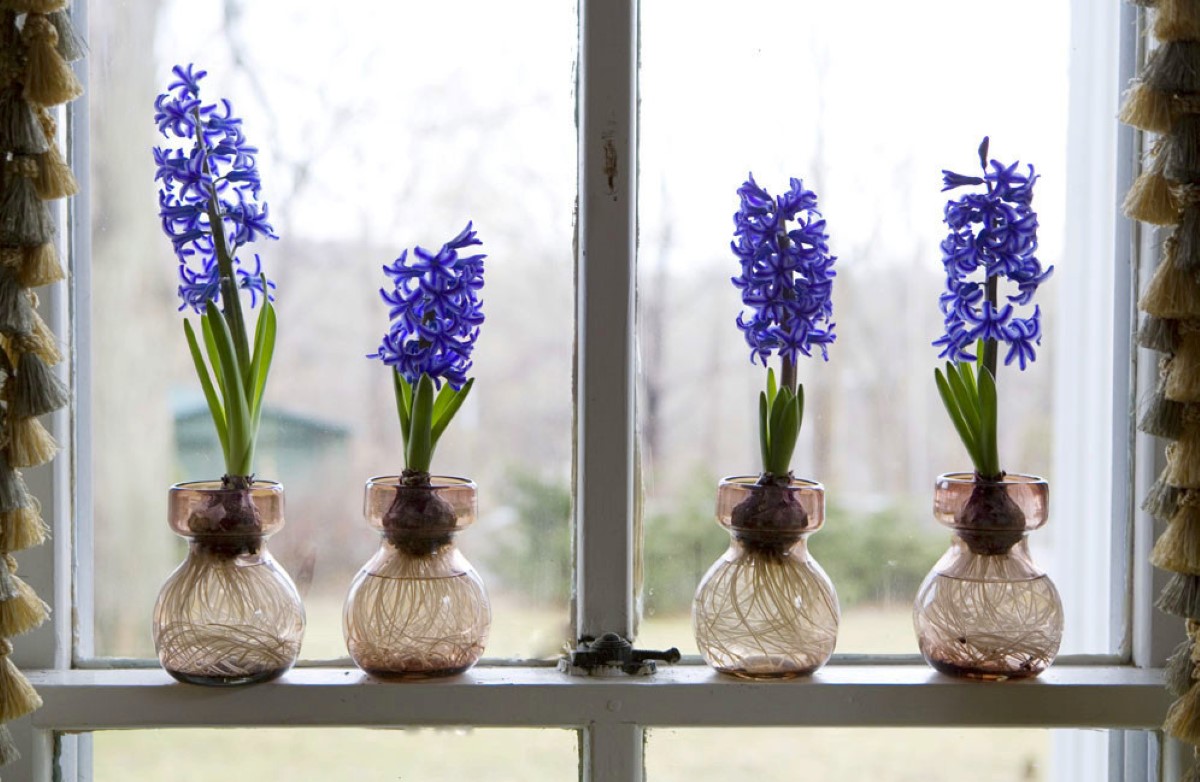
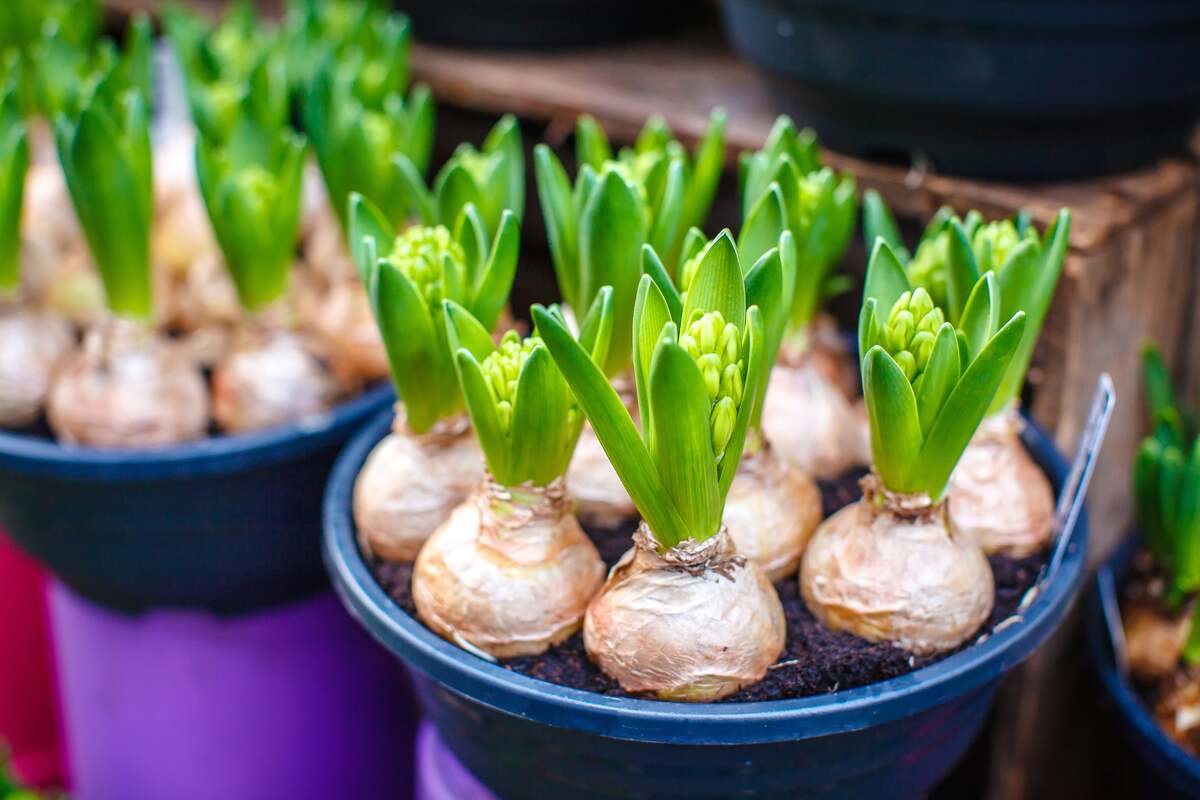
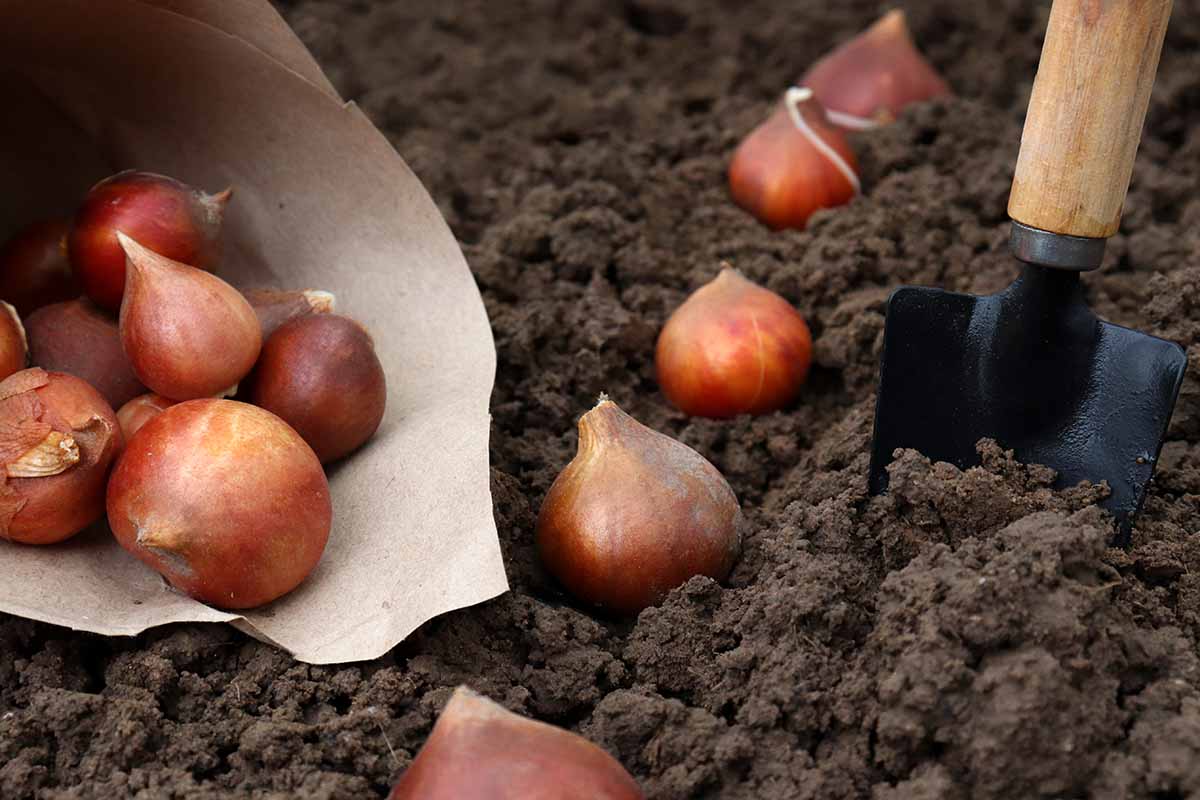
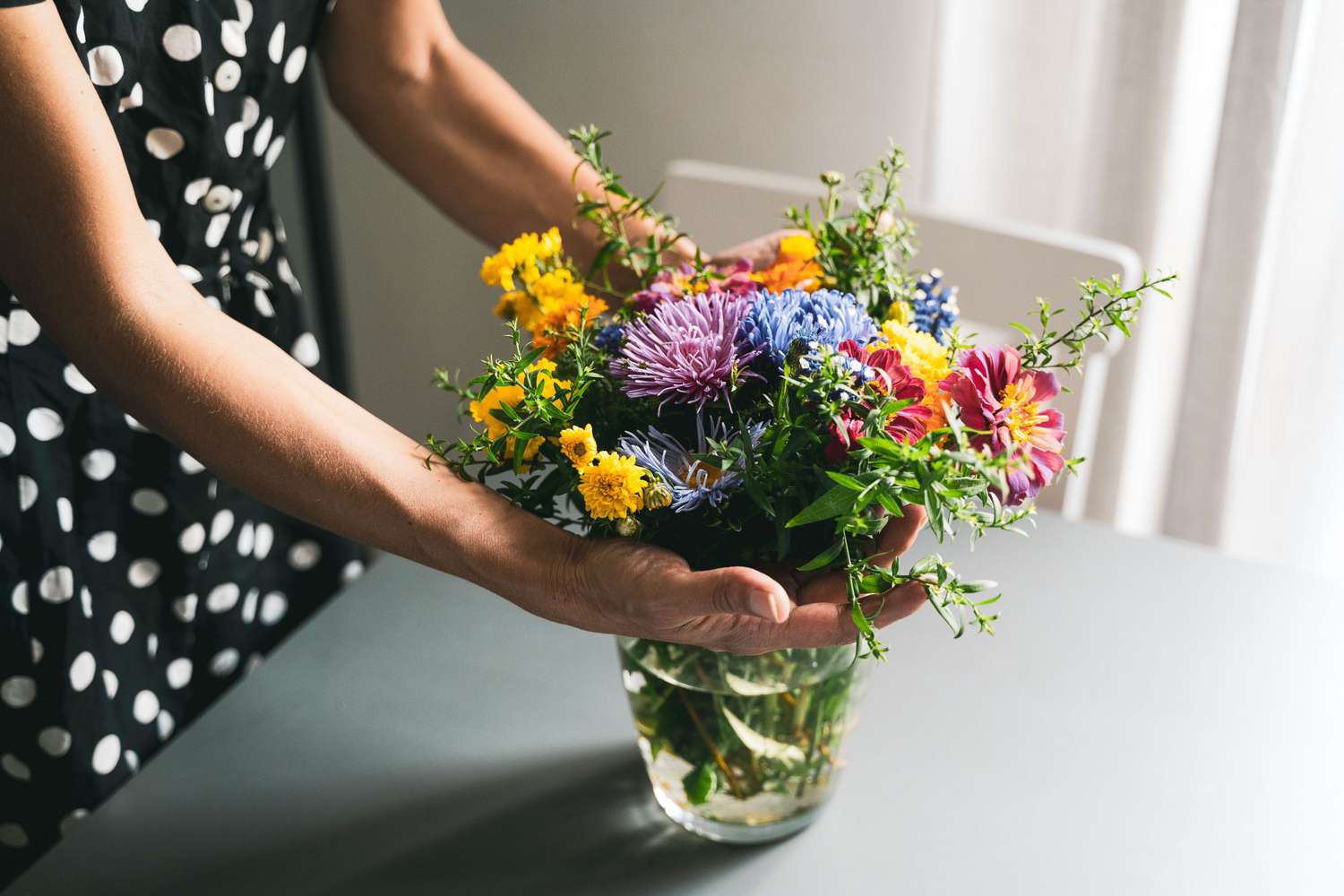
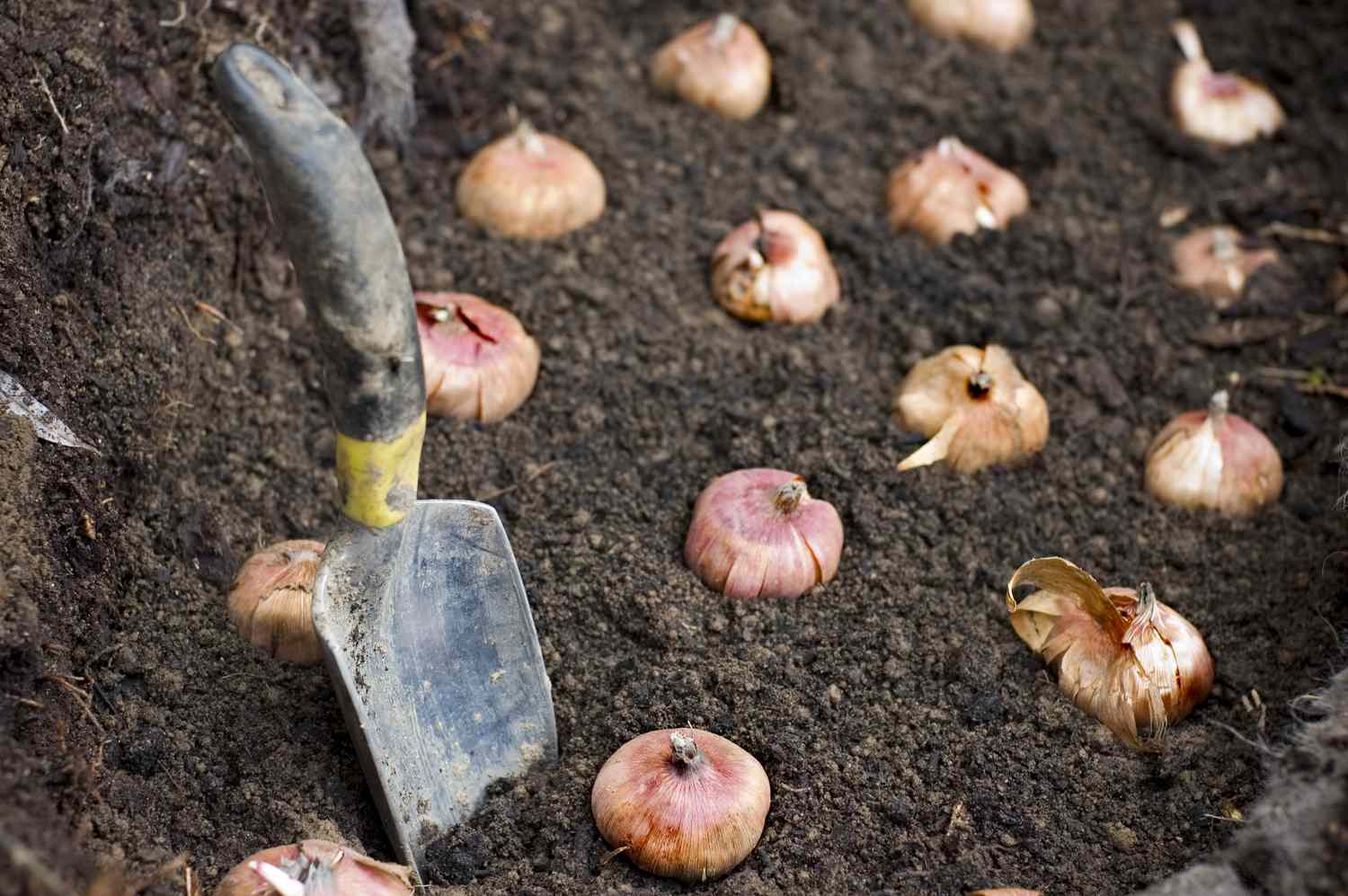
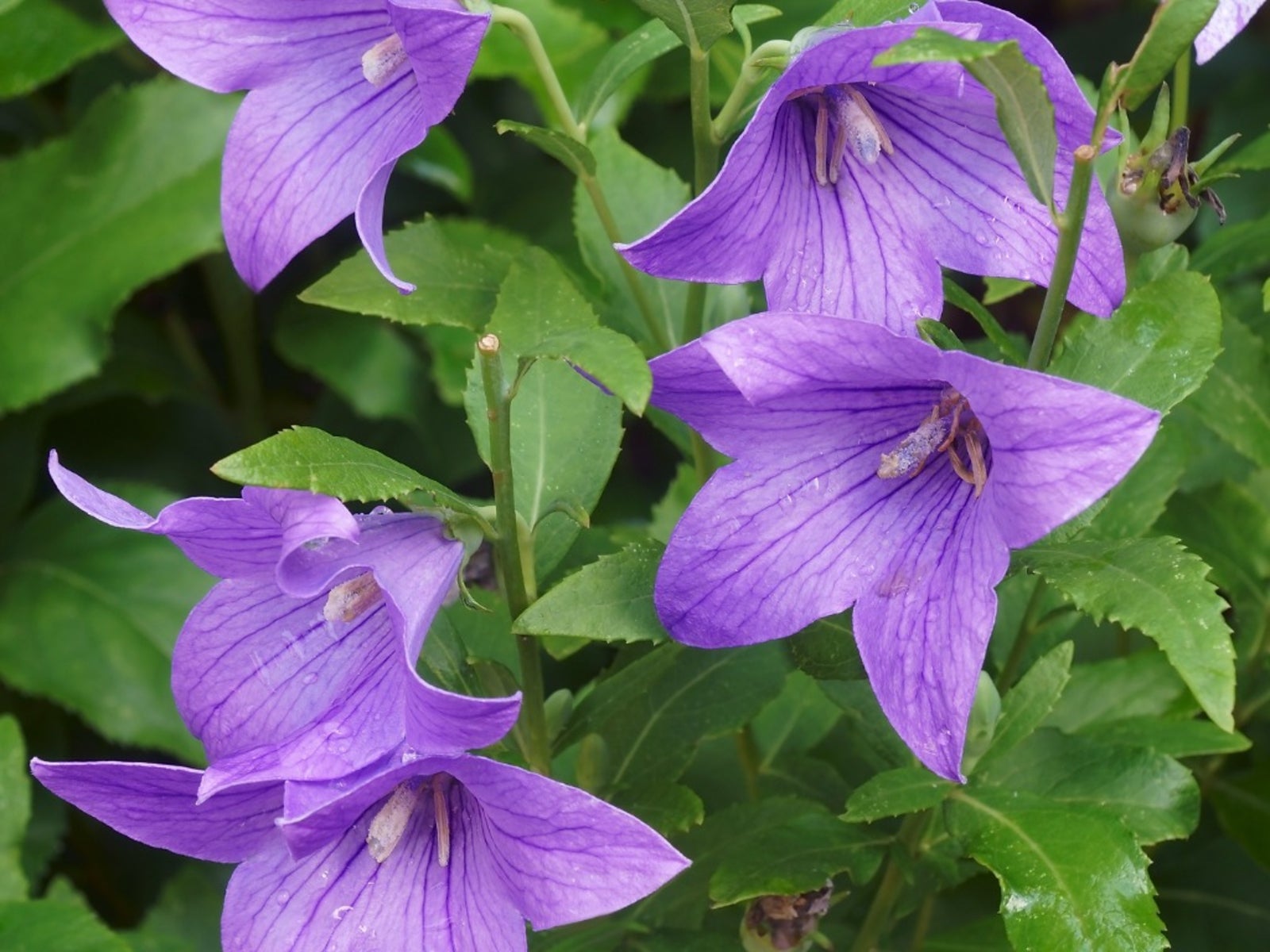
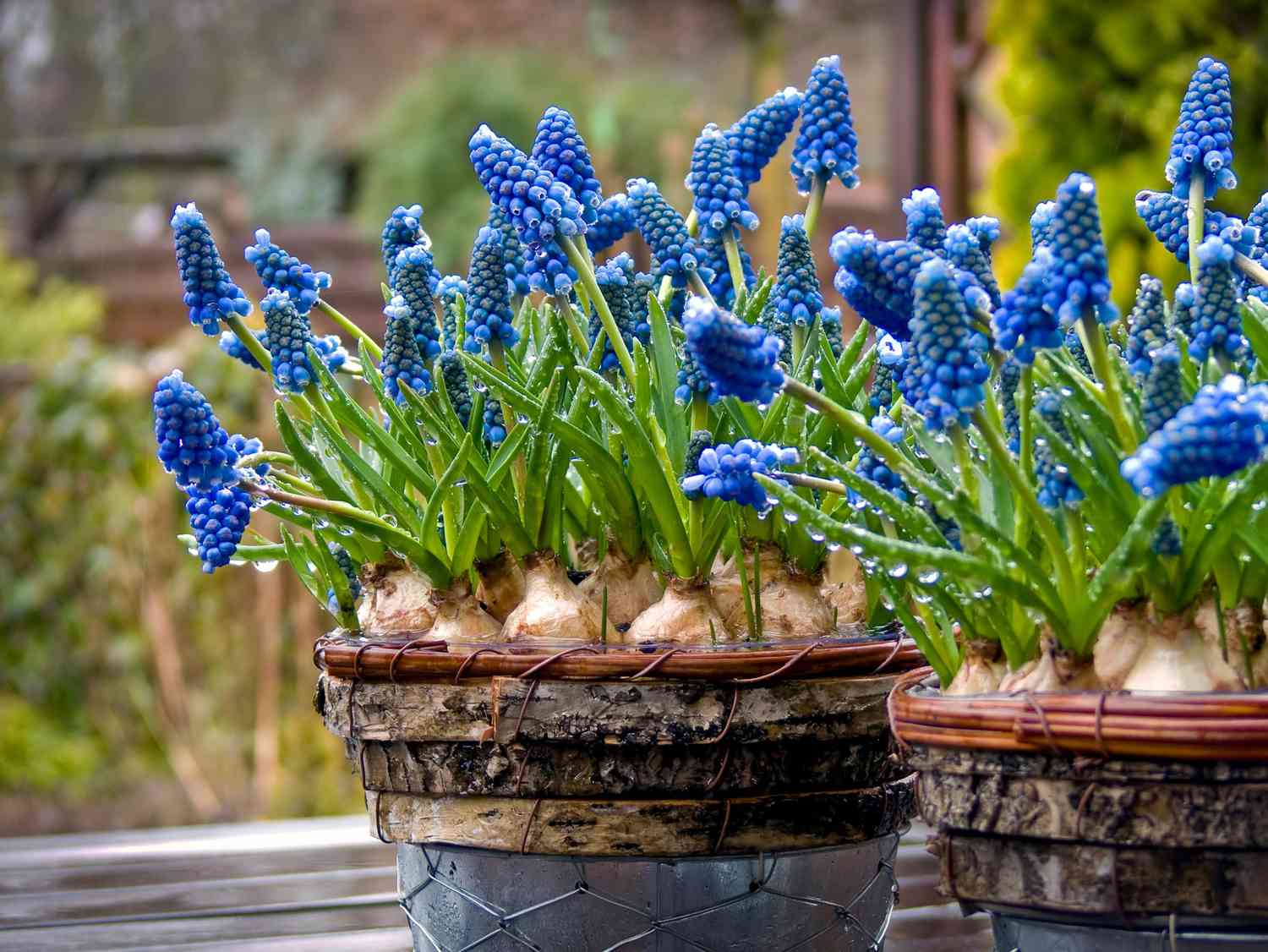

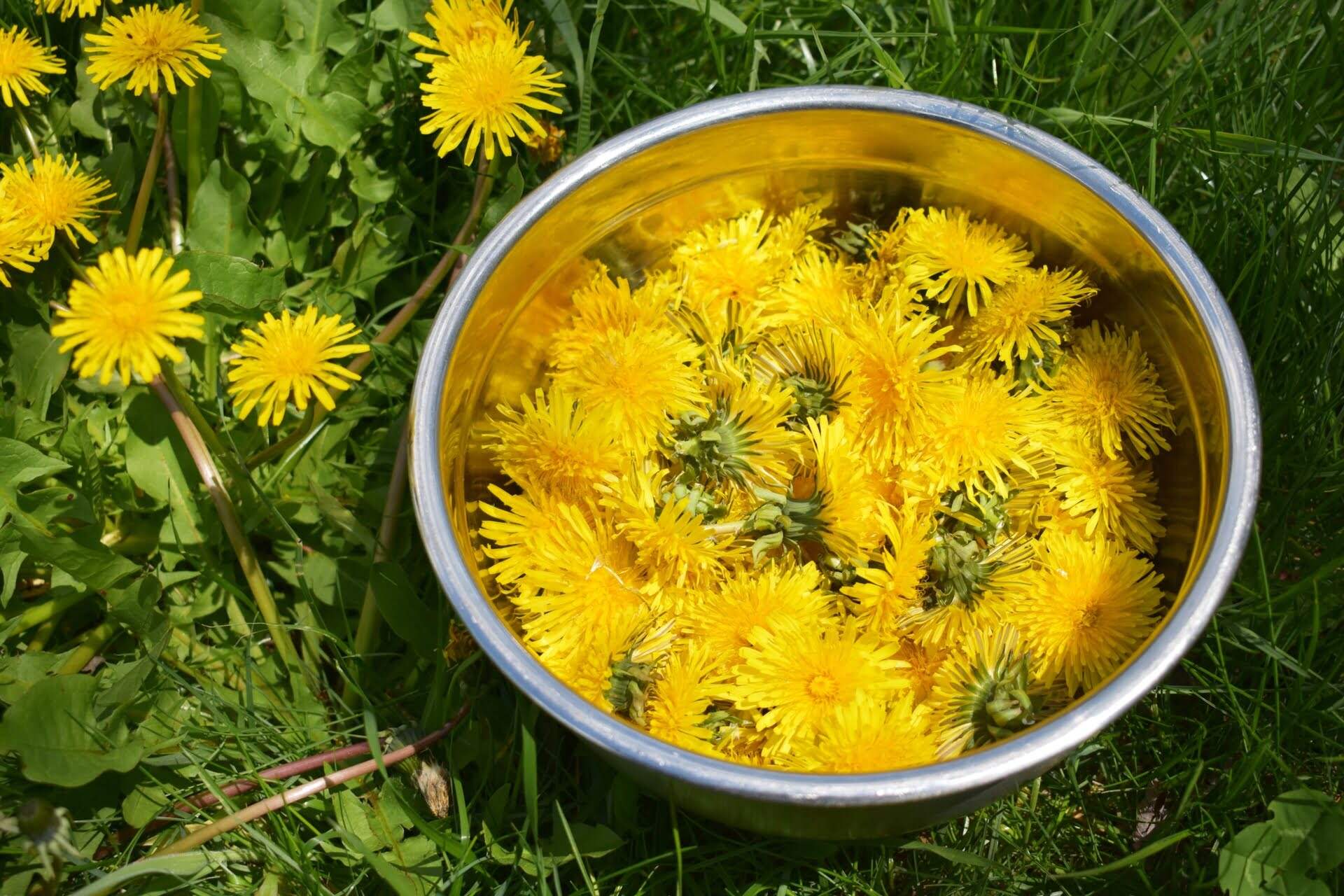

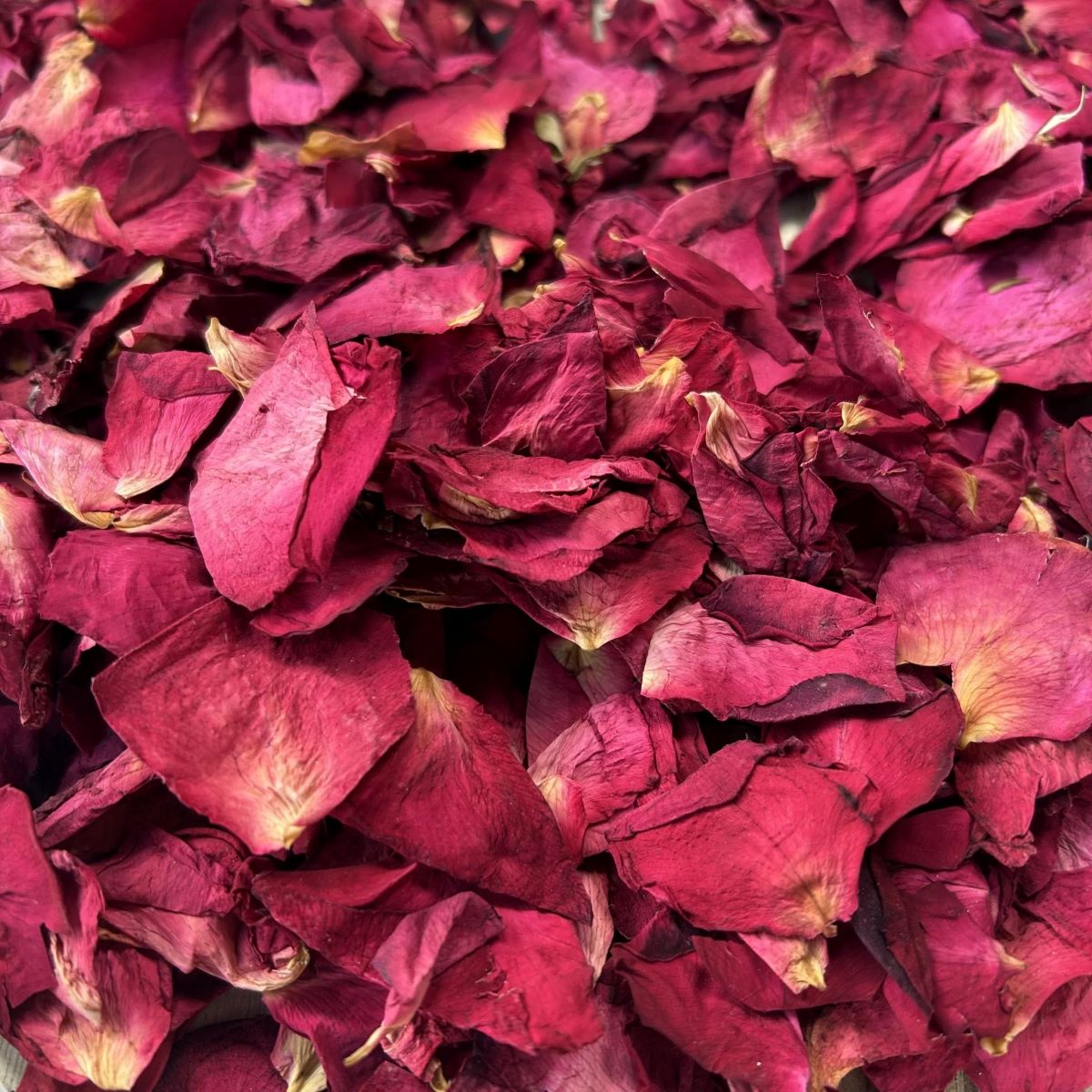
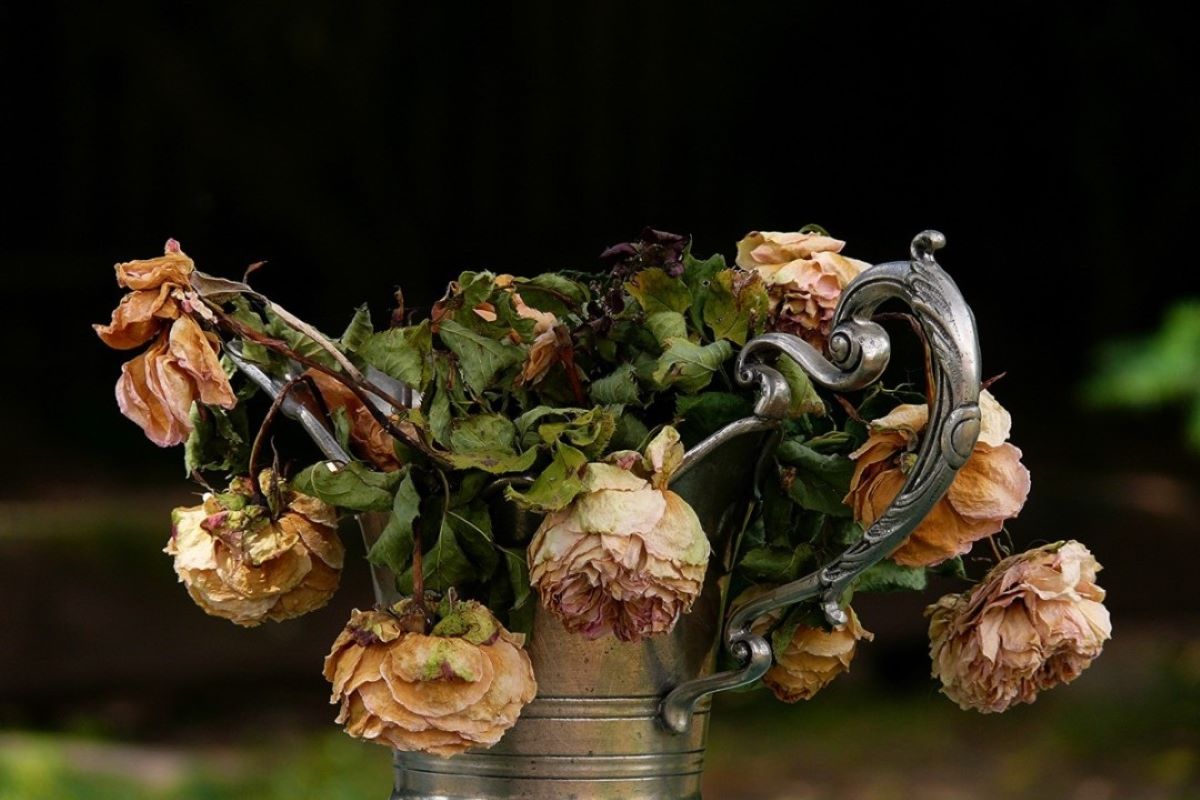

0 thoughts on “How To Store Flower Bulbs”